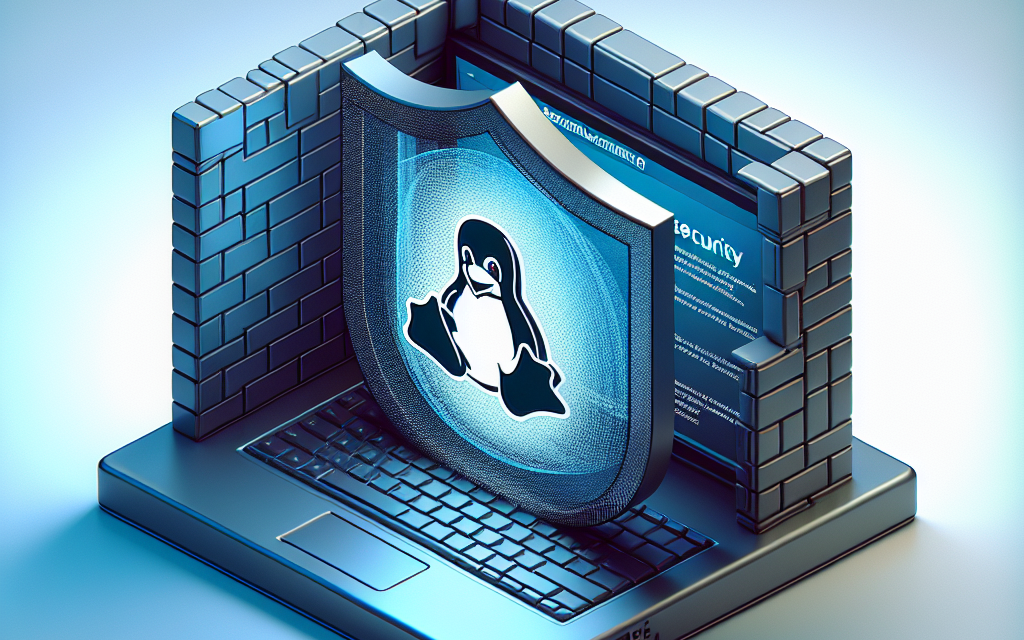In today’s fast-paced digital environment, securing your Linux server instances is more crucial than ever. With many organizations shifting towards cloud infrastructures and relying on Linux-based systems, understanding the default settings that can enhance, or often compromise, your server security is essential. In this article, we will delve into best practices for securing Linux server instances to bolster your defense against various threats.
Understanding Default Settings
When you launch a Linux server instance, it often comes with a set of default configurations. While these configurations are designed for general flexibility and usability, they may not always be secure. As the adage goes, “Security is not a product, but a process.” It’s imperative to understand and refine these default settings to create a secure environment.
1. User Management
Disable Root Login
Root accounts are prime targets for attackers. By default, many distributions permit root logins directly via SSH. Disabling this feature can enhance security. Instead, create a user with sudo privileges and use that account for administrative tasks.
To disable root login, edit the SSH configuration file:
bash
sudo nano /etc/ssh/sshd_config
Set PermitRootLogin to no:
PermitRootLogin no
Restart the SSH service to apply changes:
bash
sudo systemctl restart sshd
User Permissions
Assign the least privilege necessary to each user. By default, users may inherit permissions that could lead to potential security breaches. Regularly audit user accounts for unnecessary access.
2. Firewall Configuration
Most Linux distributions have built-in firewalls like iptables or firewalld. However, they may not be configured to block unwanted traffic by default.
Implementing a Basic Firewall
Set up your firewall to accept only necessary connections. For example, if your server hosts a web application, allow only HTTP (port 80) and HTTPS (port 443) traffic.
Using ufw (Uncomplicated Firewall):
bash
sudo ufw allow 22 # Allow SSH
sudo ufw allow 80 # Allow HTTP
sudo ufw allow 443 # Allow HTTPS
sudo ufw enable # Enable firewall
3. Regular Updates and Patching
Keeping your system and applications regularly updated is vital. Default installations often include both essential security updates and less critical patches, which may be overlooked.
Automating Updates
Consider using a package manager to automate updates. On a Debian-based system, you can configure unattended upgrades:
bash
sudo apt-get install unattended-upgrades
sudo dpkg-reconfigure unattended-upgrades
This will reduce vulnerabilities stemming from outdated software.
4. SSH Configuration
The SSH protocol is integral for remote access to your server, but its default settings can expose you to risks.
Change Default SSH Port
Changing the default port from 22 to a higher number can help reduce the risk of automated attacks. In the sshd_config file:
bash
Port 2222 # Change to your desired port
Use Key Authentication
Password-based authentication is susceptible to brute-force attacks. Configure SSH to use key-based authentication instead.
-
Generate a key pair:
bash
ssh-keygen -
Copy the public key to the server:
bash
ssh-copy-id username@your-server-ip -
Disable password authentication in the
sshd_config:PasswordAuthentication no
5. Integrate Intrusion Detection
While default installations may not include intrusion detection, it is a highly effective layer of security.
Implementing Fail2ban
Fail2ban is a tool that scans log files for malicious activity and can block repeated unauthorized attempts. Install it with:
bash
sudo apt-get install fail2ban
Configure it to monitor SSH and other services to enable automatic banning of suspected attackers.
Conclusion
Securing your Linux server instances doesn’t end with installation; rather, it is an ongoing process that necessitates continuous monitoring and configuration. By understanding and adjusting default settings, you can significantly reduce the risk of unauthorized access and potential data breaches.
Adhering to security best practices, regularly updating software, managing user permissions, and configuring essential services like SSH and the firewall will fortify your server’s defenses.
Stay proactive, stay secure, and protect your digital assets in this fast-evolving threat landscape.
By following these guidelines, you can ensure that your Linux server instances are set up with the necessary security measures from the outset. For more Linux tips and insights, stay tuned to the WafaTech Blog!





